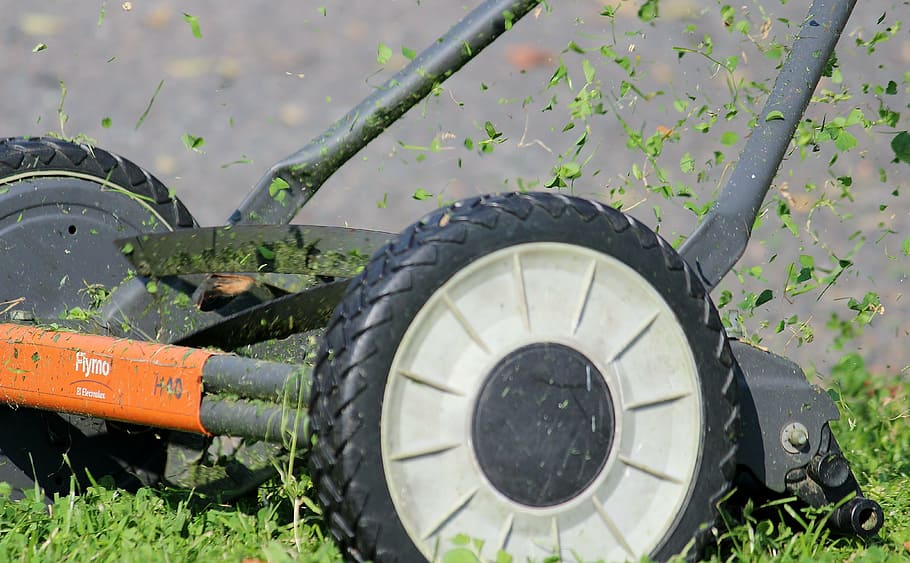Forum

About Me
To ensure that your lawn is in good condition You will have to replace the blades of your lawn mower at least once. Replacing blades is an simple project that takes a few steps and some basic tools.
The best lawn mower blades will have sturdy materials for construction that can aid in ensuring they last a long time without getting worn out easily. They must also be able to withstand high amounts of force.
Deck Blade
The cutting blade is the most important component of a lawn mower. It sits within a casing called a deck, and it comes in different sizes, shapes and designs. Each one has its own specifications, and must be able to withstand fast contact with grass and other things.
Standard blades have a curving surface that lifts the grass, cutting it into an asymmetrical scissor motion. The curved blade assists in dispersing the clippings. This type of blade requires less power than a high-lift blade, which makes it ideal for mowing on the dirtiest or most sand-covered terrain.
Cylinder blades, also known as reel blades, consist of blades that have helical design, which are joined to a rotating cylindrical reel. They're typically used on reels and gas-powered mowers. This is the most popular model and is easy to change. The blades can be sharpened and rebalanced by many hardware or lawn care stores at a nominal cost.
Standard Blade
The most commonly used blade used on lawn mowers is the flat blade. It is designed to cut grass, but it has no unique features like bagging or mulching capabilities. It's suction is minimal and works on any grass.
High-lift blades are angled on their edges that allow for maximum airflow. This causes vertical suction which brings the grass to the mower deck. This creates a perfect look to your lawn. The blades can also be used to mow on sandy terrains.
If you opt to utilize these kinds of mower blades, make sure that the holes for locating shear pins are correctly aligned with the hole for the center bolt on the mower. Otherwise, the blade won't rest on the boss correctly. This could result in the blade deteriorating more quickly than anticipated. To make sure that the shear pins are set properly, it is suggested to check your mower's manual or parts list for the exact location of the holes.
Lifting Blade
They are designed to circulate air through the deck of the mower, decreasing the likelihood of clogging and ensuring a high quality cut. The curved inward-facing blades create a vacuum effect that allows the grass to rise and then delivers the grass to your preferred bagging or a side discharge.
The lifting action of these blades will also increase the quality of cuts when it is used on a longer grass, where a lower lift blade could struggle to create an evenly cut. They're also great for clippings of lawn that need to be mowed. You can use them with a 3-in-1 blade or a 2-in-1 blade.
They are only an issue if you have a lawn mower with strong engines. They're also not suitable for areas with dusty or sandy surfaces where sand and grit can be kicked up and deteriorate the mower deck faster.
Mulching Blade
A very popular option for those who don't have baggers this blade allows clippings to be discharged, mulched or ejected out of the discharge chute of your mower. These blades have larger "wind wings" and are much larger than the ones found on regular lawn mowers. This allows them to create a more efficient airflow beneath the grass clippings. They are then safe to be discharged by your mower.
Check the angle of the mulching blade of your lawn mower to make sure that it's installed correctly. The bevel is the angle which cuts at the edge of the blade. It should be pointing down when you are mowing. If it isn't the sharp end of the blade can cause scratches to the deck of elevate your mowing experience with sharp grass mower blades mower. Be sure that the blade isn't bent at an unnatural angle. This can make it useless to cut larger grass. This is usually the sign of a broken blade.
Location
Occupation

